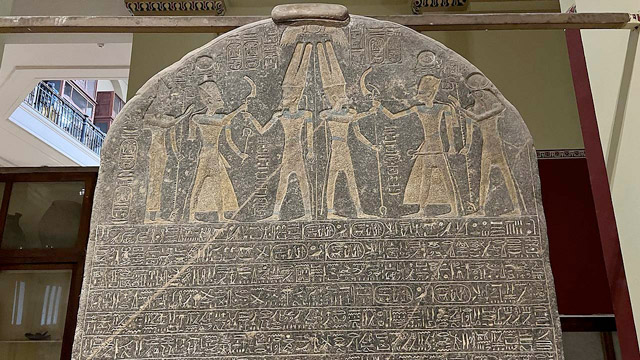
Since biblical archeology first became a serious scientific subject in the middle of the nineteenth century, it has been the focus of intense debate. The nineteenth century was an age of skepticism where traditional beliefs were seriously challenged and questioned. Charles Darwin was a symbol of this age. His “Origin of the Species,” questioned the biblical version of the creation of mankind.
One of the main goals of the early biblical archeologists was to prove the truth of the Bible by finding physical remains from the period in question. Their aim was to vindicate the Bible as history. This type of archeology received a boost from the rise of Zionism in Israel.
Archeology is an important tool in strengthening the bond between the Jewish people and the Land of Israel. Archaeology contributes greatly to an understanding of and an appreciation of Tanakh (Bible). Standing before archaeological finds from the period is a powerful and moving experience. Archaeological research influences and deepens our understanding of and appreciation of the Tanakh.
This course will examine the Bible with independent archeological evidence. We will add archeological, which includes contemporaneous epigraphical, evidence to emphasize and enrich our understanding of the primary biblical text. We will be examining world-famous artifacts from the field of biblical archeology which enrich our understanding of the eternal Book of Books.
